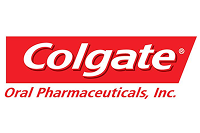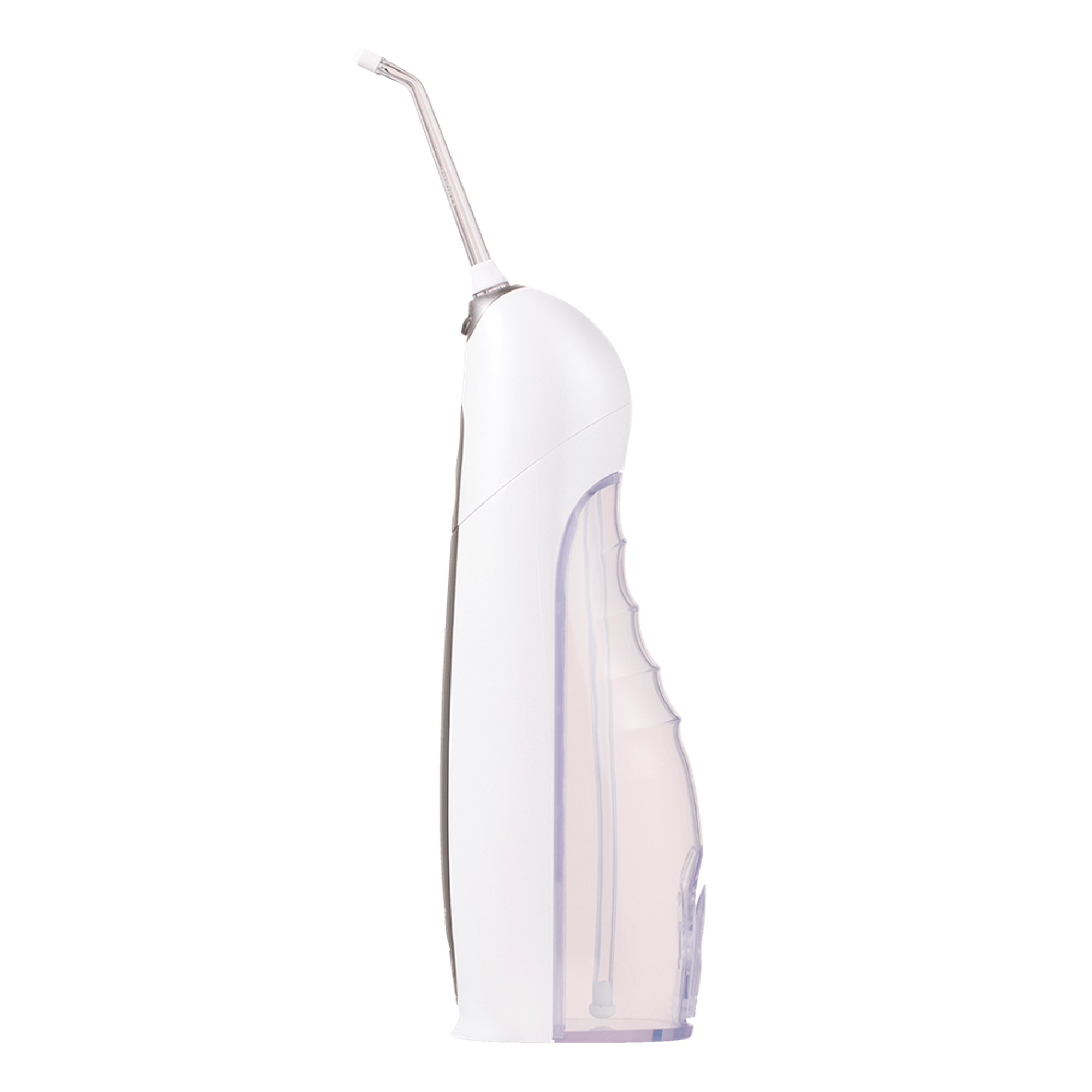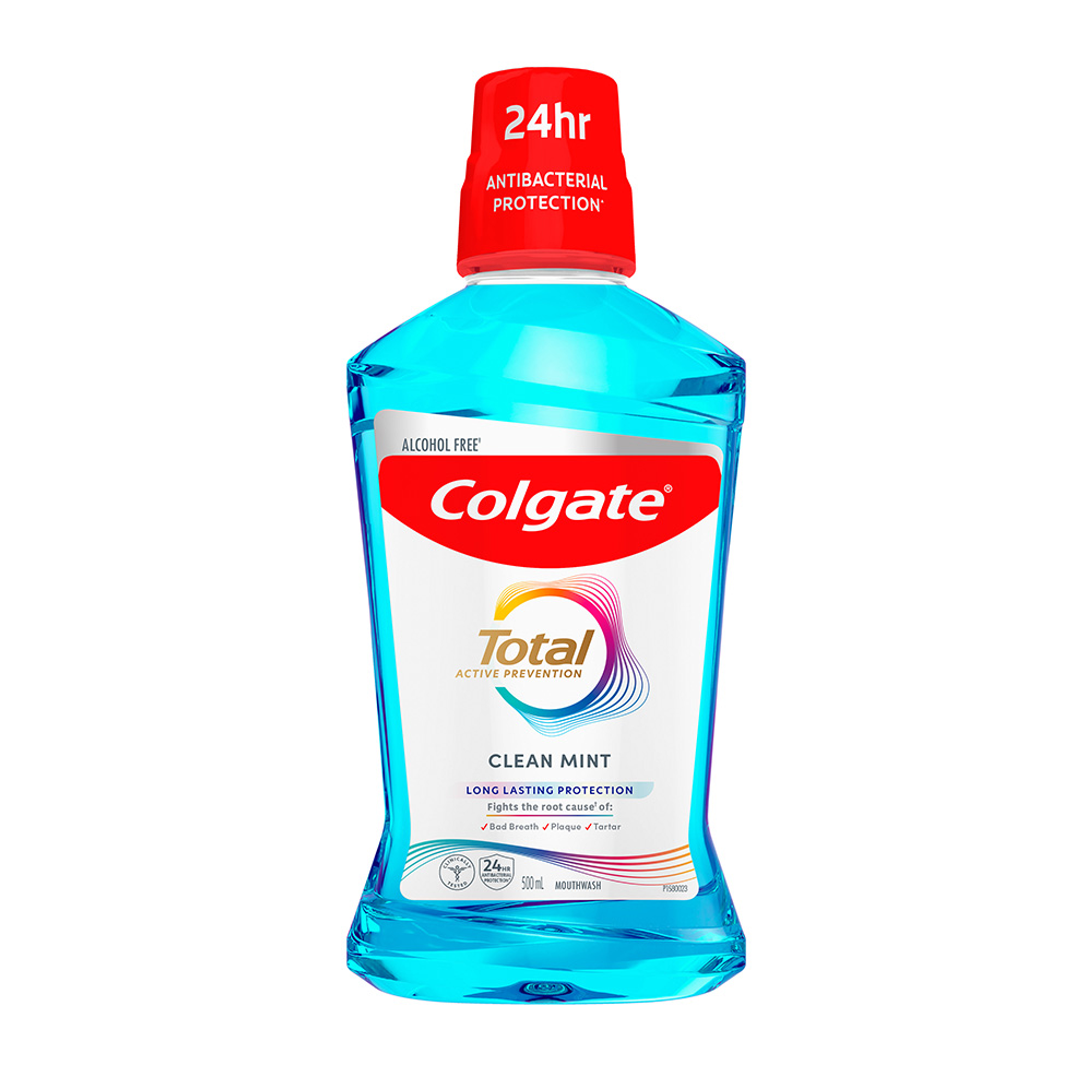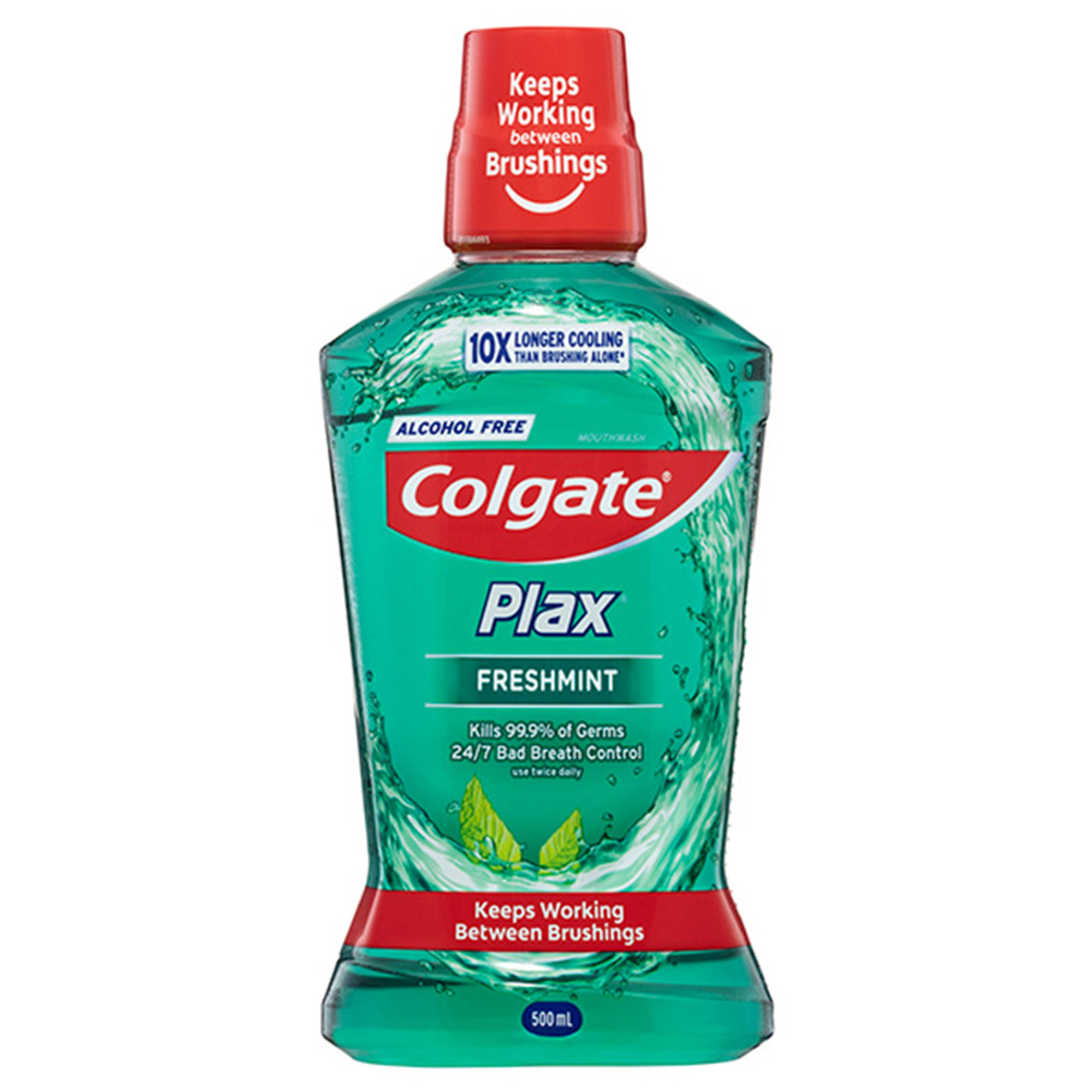-
Top Professional Products



-
Professional Articles
- Caries
- Dry Mouth
- Enamel Erosion
- Gum Issues
- Orthodontics
- Pediatric
- Sensitivity
- Whitening
- Social Responsibility
- Career Development
-
DRUG PRICE DISCLOSURE FOR CONNECTICUT PRESCRIBERS

In accordance with Connecticut House Bill 6669, Colgate Oral Pharmaceuticals, Inc. is disclosing to you, as an authorized prescriber of prescription drugs in Connecticut, certain required pricing information for Colgate Oral Pharmaceuticals, Inc. marketed prescription drugs.
The following information reflects the Wholesale Acquisition Cost (“WAC”) of the listed drugs, as established in pricing compendia. The WAC does not necessarily reflect the actual price paid by a customer, patient, provider, or payer for the drug since it may not take into account discounts or other price concessions.
More Information
For more information on the price disclosure requirements, please contact Connecticut Department of Consumer Protection
450 Columbus Boulevard, Suite 901
Hartford, Connecticut 06103-1840
Ph. (860) 713-6050 | Fax: (860) 706-1203 | Email: dcp.administrative@ct.gov
Marketed Products
Colgate® PreviDent® Rinse (0.2% Neutral Sodium Fluoride)
Colgate® PreviDent® 5000 ppm (1.1% Sodium Fluoride)
Colgate® PreviDent® 5000 ppm (1.1% Sodium Fluoride , 5% Potassium Nitrate)
Colgate® PerioGard® (Chlorhexidine Gluconate Oral Rinse USP, 0.12%) Alcohol Free
Related Articles

Dental caries is one of the most prevalent chronic non-communicable diseases in the world, and the older population is at a disproportionately high risk. In Australia, the Australian Dental Association Oral Health Tracker estimates that only 10.7% of adults over 15 years have never experienced tooth decay.

A healthcare professional guide to oral care for older patients: Seattle Pathway | Colgate® Professional

Oral disease processes are insidious and progressive, often remaining invisible to the layperson until the end stage. Self-diagnosis is often delayed until patients notice irreversible signs - frank cavitation as caries undermines marginal ridges and advances inexorably towards vulnerable pulps, progressive tooth mobility or gingival recession with declining periodontal health and functio laesa in the case of expanding oral cavity neoplasms that may have begun as subtle precursor lesions. If evading the watchful eye of a supervising dental practitioner, ailments of the intraoral hard and soft tissues can easily go unchecked until patients experience advanced disease, at which point it becomes increasingly invasive and expensive to manage. Dental professionals have the capacity to identify disease risk factors and to detect signs of disease at the pre-symptomatic stage, at which point it is possible to arrest and reverse disease progression by providing tailored lifestyle counselling to encourage health-promoting behaviours. This article will delve into current barriers to our transition away from the reactive modus operandi of dental healthcare towards a more medical, person-centred model of caries management to break the restorative death spiral and curb rates of edentulism in our community




